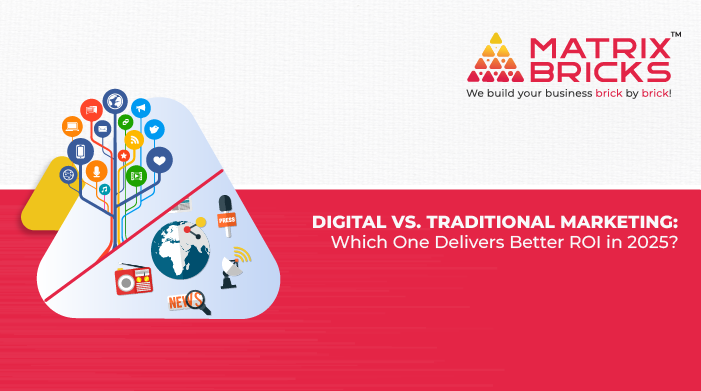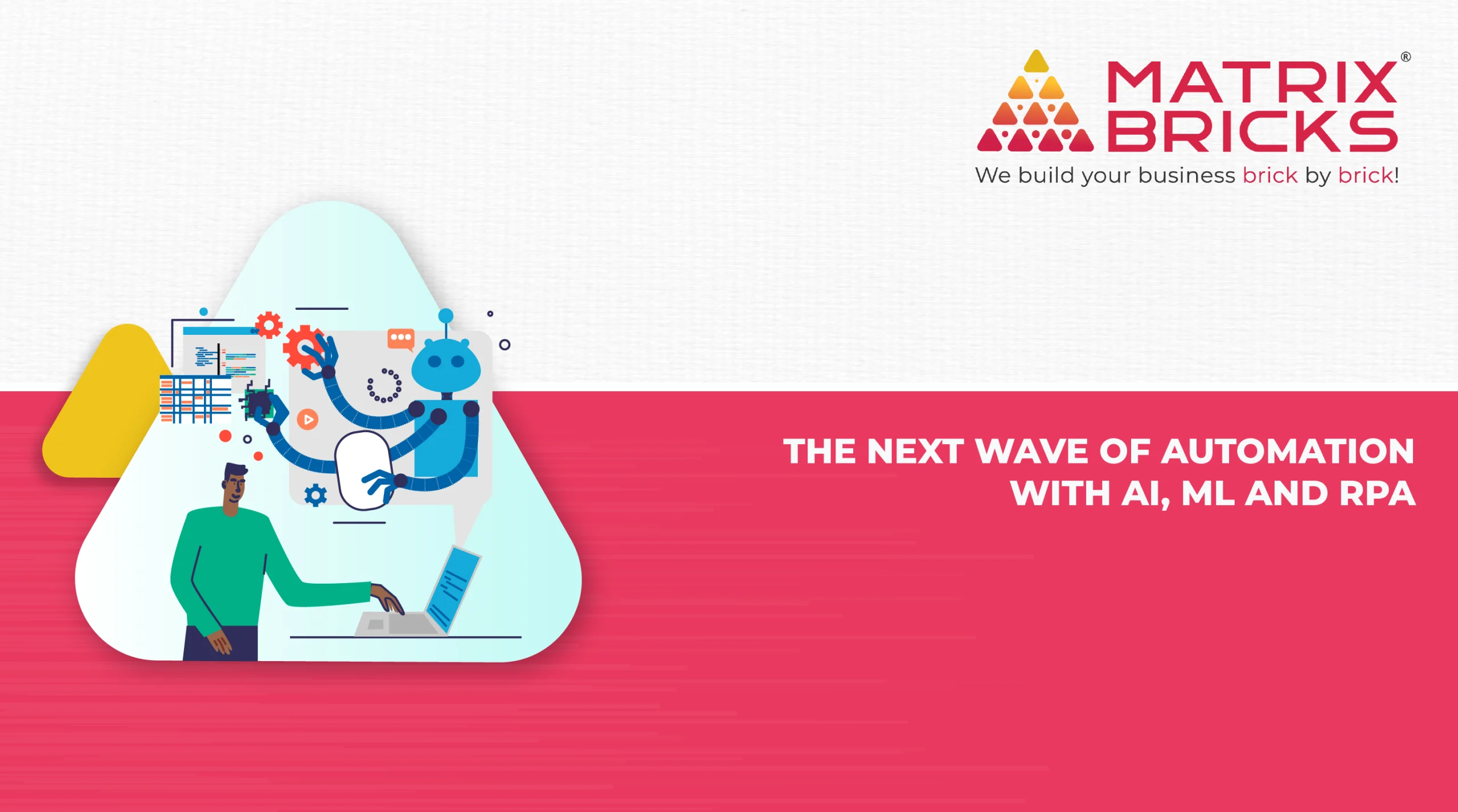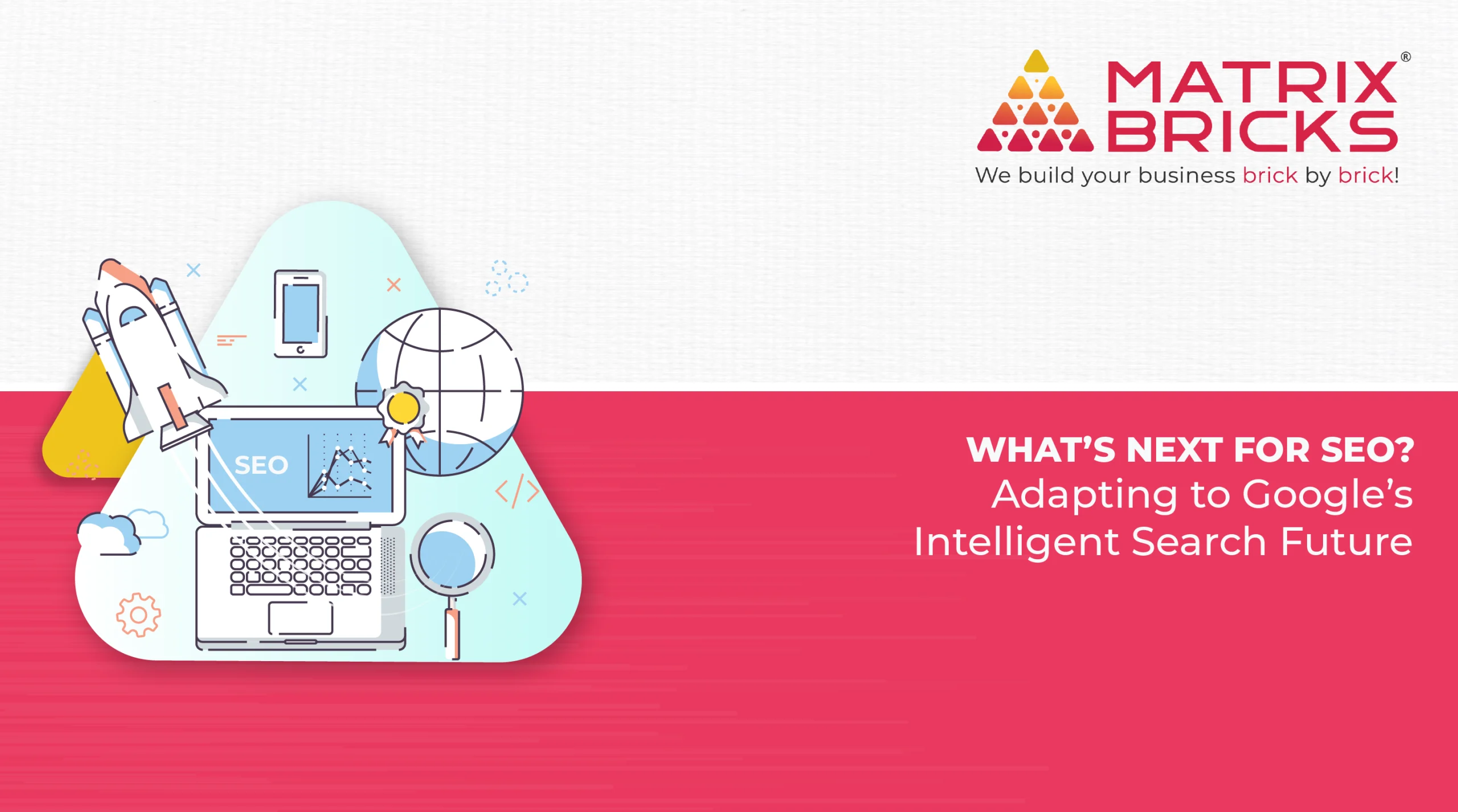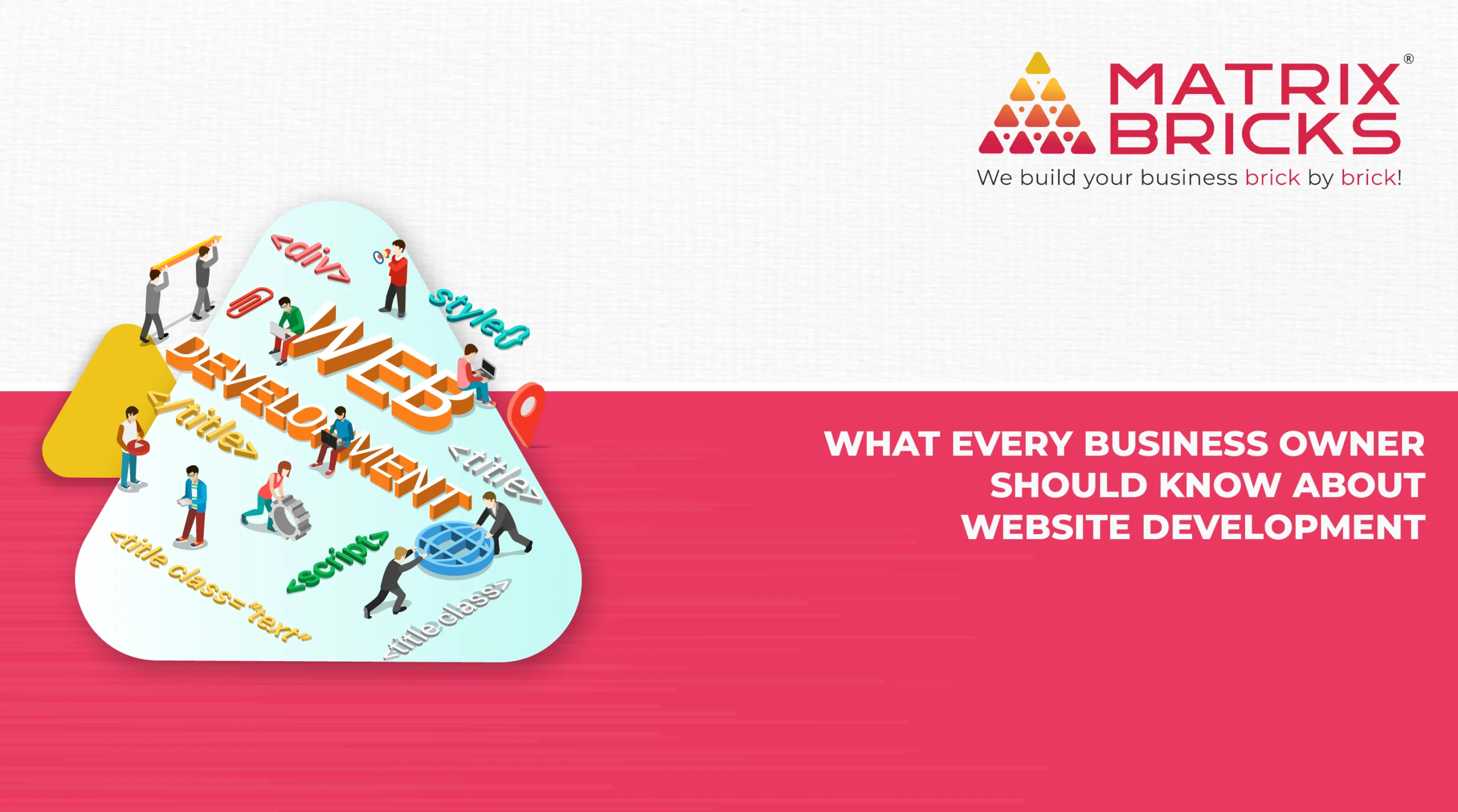
Marketing has come a long way from the days of billboards, print ads, and TV commercials. With digital marketing evolving rapidly, businesses are constantly evaluating where to invest their marketing budgets for maximum return on investment (ROI). But does this mean traditional marketing methods are obsolete? Or do they still hold value in today’s market?
If you’re wondering whether digital marketing methods outperform traditional marketing strategies in 2025, this blog will break it down for you. We’ll explore the strengths, weaknesses, and ROI potential of both approaches, helping you make an informed decision for your business.

Traditional Marketing vs. Digital Marketing: Understanding the Differences
Before getting into ROI, let’s briefly define both strategies.
Traditional Marketing
Traditional marketing techniques consist of all advertising strategies that existed before the digital era. These include television and radio commercials, newspaper and magazine advertisements, billboards, flyers, and direct mail campaigns. These channels have been widely trusted for decades and continue to hold credibility. They create a strong local presence, build brand awareness, and can appeal to audiences who may not be digitally active. However, they lack real-time tracking and often require a substantial budget for execution and reach.
Digital Marketing
Digital marketing strategies use online platforms to promote products and services. This includes search engine optimization (SEO), pay-per-click (PPC) advertising, social media marketing, content marketing, influencer collaborations, and email campaigns. Unlike traditional marketing, digital marketing allows businesses to interact directly with consumers, track engagement, and analyse data to improve performance. With the flexibility to target specific demographics and adjust campaigns instantly, digital marketing offers a cost-effective approach to reaching a global audience.

ROI Comparison: Traditional Marketing vs. Digital Marketing
When it comes to return on investment, several factors influence the outcome, including cost-effectiveness, audience targeting, reach, engagement, and adaptability.
1. Cost-Effectiveness
Traditional marketing requires a significant upfront investment. Television ads, for example, demand high production costs and premium slots for airing, making them a costly endeavour. Similarly, print advertising in well-known newspapers and magazines can be expensive, particularly for large-scale campaigns. Additionally, once a traditional marketing campaign is launched, there is no option to alter it without incurring additional costs.
In contrast, digital marketing allows businesses to set flexible budgets and scale campaigns based on performance. A business can start with a small budget for PPC ads or social media promotions and increase spending if results are promising. Email marketing, SEO, and social media campaigns often require minimal investment while providing a substantial reach. The ability to track expenditures and optimise campaigns makes digital marketing the more budget friendly choice.
2. Audience Targeting and Reach
Traditional marketing methods rely on broad targeting strategies. A newspaper advertisement, for example, is seen by thousands of people, but only a fraction of them may be potential customers. Similarly, TV and radio commercials reach mass audiences, but there is no way to filter viewers based on interests, behaviour, or purchasing intent.
On the other hand, digital marketing strategies offer precise targeting options. Businesses can refine their audience based on age, location, gender, interests, and browsing behaviour. Tools like Google Ads and Facebook Ads allow marketers to display their messages only to users who match their target demographics. This ensures that every penny spent is directed toward potential customers, enhancing ROI significantly.
3. Measurability and Analytics
One of the biggest drawbacks of traditional marketing is the difficulty in tracking performance. While companies can estimate how many people may have seen a billboard or read a newspaper ad, there is no direct way to measure conversions, interactions, or ROI.
Digital marketing provides real-time analytics that offers deep insights into campaign performance. Platforms like Google Analytics, Facebook Insights, and email tracking tools provide detailed metrics, including impressions, clicks, conversions, and customer engagement. Businesses can analyse data instantly and make informed decisions to refine their strategies, ultimately driving better ROI.
4. Engagement and Customer Interaction
Traditional marketing is primarily a one-way communication channel. Advertisements are displayed to consumers, but there is no direct engagement or instant feedback. A company running a print or television campaign must wait for sales results or conduct surveys to gauge effectiveness, making the process time-consuming.
In contrast, digital marketing fosters direct interaction with audiences. Social media platforms enable businesses to engage with customers through comments, shares, and messages. Live chat support, interactive emails, and personalised content enhance the customer experience and boost engagement. The ability to respond to customer queries and address concerns in real time increases trust and leads to higher conversion rates.
5. Speed and Flexibility
Launching a traditional marketing campaign requires careful planning and extensive lead time. Producing a television commercial, designing a billboard, or printing newspaper ads can take weeks or even months. Once released, adjusting is challenging and costly.
Digital marketing offers more flexibility and speed. Businesses can launch online campaigns within hours and make real-time modifications based on performance data. If a digital ad underperforms, marketers can tweak elements like copy, visuals, or targeting criteria without incurring additional expenses. The ability to pivot strategies quickly ensures that brands stay competitive and relevant.

Does Traditional Marketing Still Have a Place?
Despite the dominance of digital marketing, traditional marketing continues to hold value in certain scenarios. Large, established brands use television, radio, and print media to maintain credibility and reinforce brand recognition. Additionally, local businesses targeting specific communities can benefit from newspaper ads and radio spots.
Some customer segments, particularly older demographics, still prefer traditional media over digital channels. For example, seniors may rely on newspapers and television for news and advertisements rather than social media or search engines. In such cases, traditional marketing can be effective for reaching specific audiences.
Moreover, experiential marketing—such as in-person events, sponsorships, and trade shows—remains a powerful way to build personal connections with customers. While these methods are classified under traditional marketing, they work best when combined with digital strategies for extended reach and engagement.
Key Takeaways: The Best Marketing Investment in 2025
- Traditional marketing vs digital marketing is a common debate, but digital marketing delivers better ROI due to its cost-effectiveness, precise targeting, and measurable analytics.
- Traditional marketing techniques still serve a purpose, especially for brand credibility, local reach, and specific audience segments.
- Digital marketing methods provide greater engagement, flexibility, and adaptability, making them more suitable for businesses seeking rapid growth and measurable success.
- A mixed approach that blends traditional and digital strategies can provide a well-rounded marketing strategy, depending on business goals and target audiences.
Final Thoughts: Choosing the Right Strategy for Your Business
So, which one delivers better ROI in 2025—traditional marketing vs digital marketing? The answer depends on your objectives, budget, and audience preferences. For most businesses, digital marketing stands out as the superior choice due to its affordability, precision, and scalability. However, traditional marketing retains significance in brand-building and reaching certain customer groups.
The key is to analyse your target audience, marketing goals, and available resources to determine the best mix of digital and traditional marketing strategies. If used wisely, both approaches can complement each other and drive promising results for your business.
Are you ready to refine your marketing strategy? Start by understanding your business needs and experimenting with the right combination of traditional and digital marketing to achieve maximum ROI.





